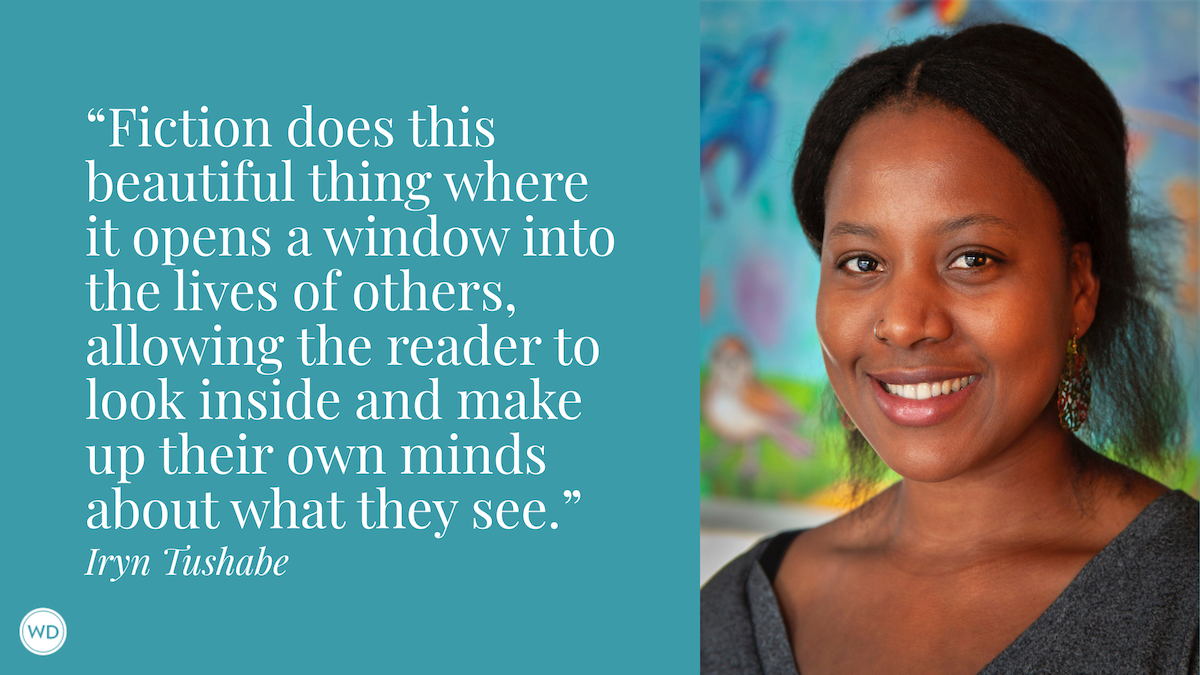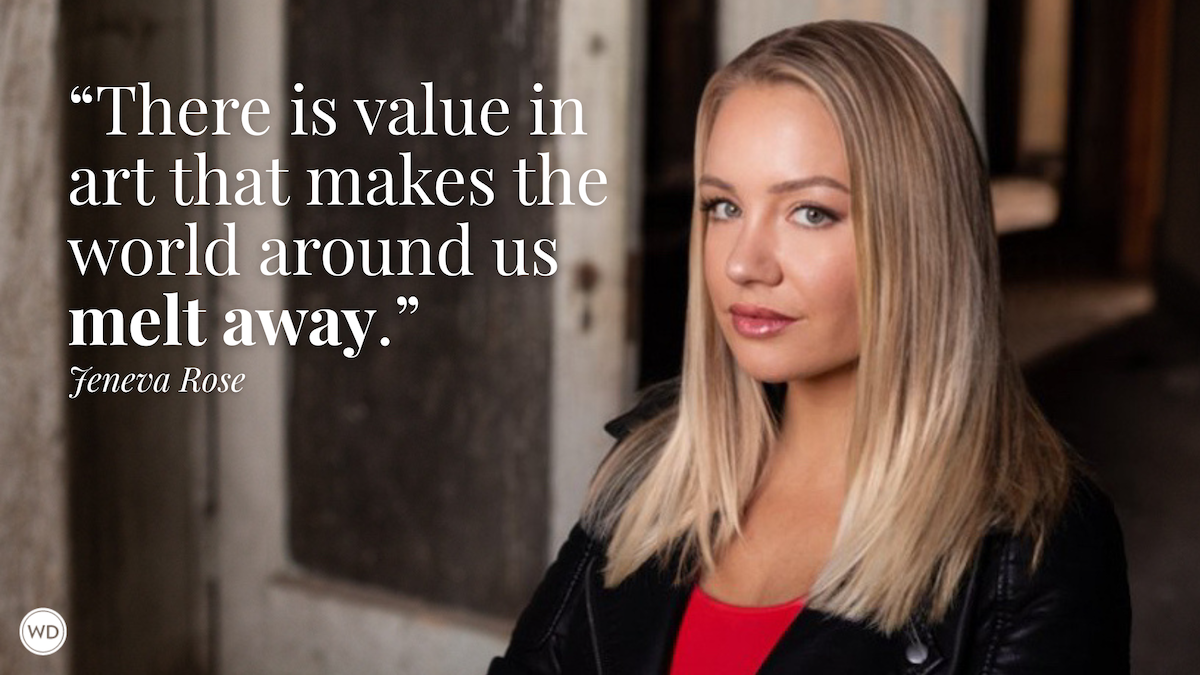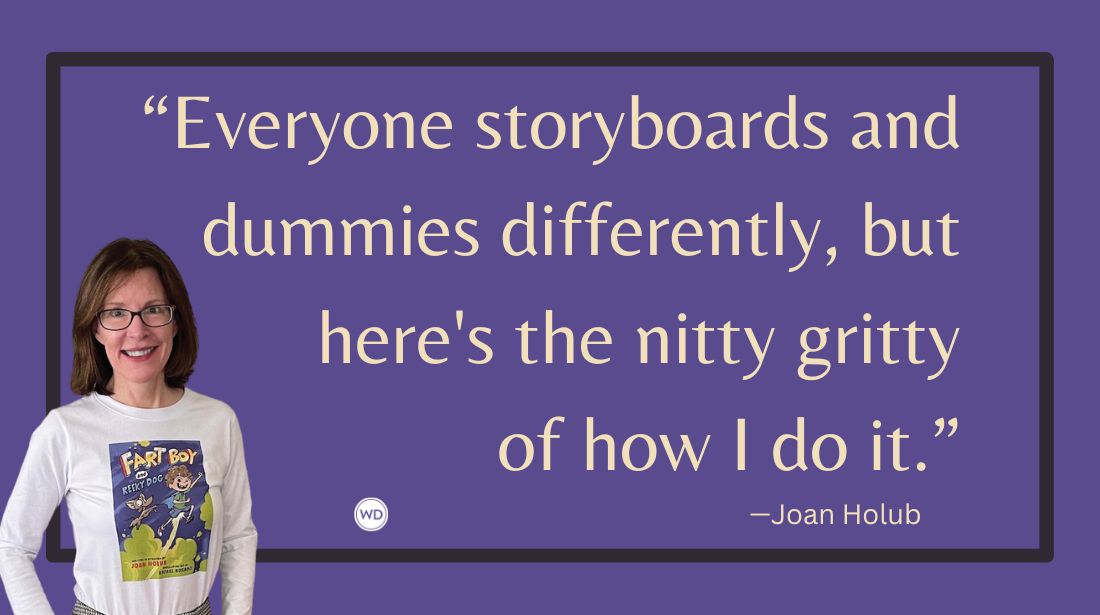Take Two: How to Adapt a Book Into a Screenplay
When adapting a novel for film, Script Magazine editor Jeanne Bowerman says your number-one job is to tell an amazing story—enhancing it for the format.
Bookstores are a writer’s drug. We walk the aisles, dancing our fingers over the bindings, lips quivering, wanting a fix. But we aren’t alone. Don’t be surprised if you bump into a movie producer drooling over the true crime section. With Netflix and other streaming services needing vast amounts of content, those racks of books are perfect fodder for adaptation.
Whether you are an author or a screenwriter, it’s never been more critical to learn the skill of transforming stories for the screen.
In the past, Hollywood frowned upon authors adapting their own work, but times have changed. If an author comes to the table with a script draft in hand, even a terrible one, producers will rejoice at the potential of saving development costs. Nothing excites a producer more than saving money.
But if you don’t have an existing book, have no fear; plenty line the shelves. Once you find the perfect one, you’ll need to obtain the rights.
How to Adapt a Book Into a Screenplay
Contact the Author
Authors are surprisingly easy to contact. Their websites often link to a contact form, or you could Google the author’s agent. I’ve done both but prefer speaking with the author directly.
Since most novelists dream of having their stories on the big screen, there’s no need to bite your nails when dialing the phone.
They’ll welcome the call. Just be polite, direct, share your expertise, and don’t act like a lunatic. No one ever died from hearing the word no. As screenwriters, we’re used to rejection. Roll with it.
What if the author wants to be involved?
Typically, the author is not involved. The book belongs to them, and the adaptation belongs to you. Your job is to tell an engaging story in a visual way, and usually, the result will be markedly different from the book.
When adapting a novel, we feel pulled between pleasing the author, their loyal readers, the viewing audience, and ourselves. Get over that disease to please, pronto. You simply cannot create a product that will make everyone happy, and that isn’t your job.
I repeat: Your number-one job is to tell an amazing story. Period.
You might need to tattoo that on your forehead.
The reality is that you will slash scenes and characters, and these choices might offend readers as well as the author. But you must leave your artistic mark. Screenwriting guru Michael Hauge once told me there’s no point in writing an adaptation if your version identically mirrors the book.
Tell the story, but enhance it for the format of film.
People often claim that authors have full control of their novels, but that’s not entirely true. They cannot control the audience’s imagination. Screenwriters bring that imagination to life. Even then, directors, actors, cinematographers, and costume designers also give input.
But if the author’s original work shines, by all means, honor what you can. That’s the whole point.
Find the Story
Storylines that support a 400-page book cannot possibly fit into a two-hour movie. One script page equals one minute of film, requiring approximately 110 script pages for a feature film. Get your chainsaw ready and start pruning.
Cutting happens in layers. First, identify the theme and the protagonist’s outer motivation. If the subplots don’t support them, cut them, along with any minor, distracting characters. Consider merging scenes or even creating composite characters. Next, layer the outer motivation with the hero’s inner motivation. Again, if a plot point supports neither, cut it.
However, finding the inner wounds of a character is more challenging when adapting nonfiction. In fiction, we explore the hero’s wounds and personality first, then we craft the character’s choices based on those facts. But in nonfiction, we know the actions the real-life characters took, but not necessarily their inner motivations.
Examine the character’s actions and then decide what kind of person would make that choice. In a way, it’s backward character development. This is where putting your characters on a therapy couch comes in handy.
Similarly, the choices the writer makes determine a good story. That’s even truer with adaptation.
Movie Structure
Just as if the story were an original idea, the story structure of an adaptation needs to meet the expectations of the audience and the studio. (We have free downloads on scriptmag.com/free to help.)
Map out the plot points and character arc, but keep in mind that you don’t need to follow the original order of the novel. In order to speed up storytelling or make it more compelling for film audiences, you might need to add scenes to support the visual story and increase tension and conflict.
Perhaps you’ll decide to tell the story from a different character’s point of view. Take Charlie Kaufman’s Adaptation, for example. While Susan Orlean wrote a compelling true story in The Orchid Thief, Kaufman put an entirely different twist on this tale and moved the audience in a way they would have never expected, had they read the original book. Genius.
Dialogue and Descriptors
If it ain’t broke, don’t fix it. But sometimes the original dialogue may be too on the nose or the descriptors flowery and overabundant. If the author writes gifted dialogue, don’t reinvent the wheel. However, most scene descriptions written by novelists are too verbose and need to be tightened. As a general rule, keep descriptors to no more than four lines.
Because film is a visual medium, all internal character dialogue must be cut. Screenwriters must only write what can be seen on the screen. Finding ways to externally convey a character’s internal struggles defines a successful adaptation. Yes, The Shawshank Redemption uses voiceover, but you cannot. We’ll address voiceovers another day.
Ending
The ending of the book may not be the most satisfying ending for a film audience. I’ve certainly scratched my head a time or two because of a disappointing ending. The good news is that you can rewrite it.
Did I hear you gasp?
Yes, you can change something as significant as the ending, but only if you have discovered a more cinematic and compelling one. While an alternate ending might enrage the book’s author or readers, the fact is, films are not novels. Changes, sometimes major ones, happen.
Remember, the number-one rule: Tell an amazing story.
Adaptation creates a fine balance of crafting a new story from an original one, all while respecting the author, the reader, and the filmgoers. It’s one hell of a circus act, but a version of screenwriting I urge you to try.
Managers and agents want screenwriters who know how to adapt intellectual property. Be proactive and have one in your arsenal. Pick a public-domain classic, with no need to garner an author’s permission, and then practice. The exercise isn’t necessarily to sell it, but to prove you can write like a pro.
Above all, enjoy the process of remolding a well-told story into your own.
That goes for you, too, authors. Not only will dissecting your characters and plot enrich your original story, but producers also strive to save money by having both the book rights and a script in hand. You never know … Netflix might come calling. You better be ready.
About Jeanne Veillette Bowerman
Jeanne Veillette Bowerman is an Executive at Pipeline Media Group and former Editor-in-Chief of Script magazine and a former Senior Editor at Writer's Digest, where she wrote the regular screenwriting column, Take Two, for Writer's Digest print magazine. Stephanie Palmer listed Jeanne as one of the "Top 10 Most Influential Screenwriting Bloggers." She is also Co-Founder of Writers Strong as well as Co-Founder and moderator of the weekly Twitter screenwriters’ chat, #Scriptchat, and wrote a Tracking Board Top 25 Launch Pad Competition selected script, the narrative adaptation of the Pulitzer Prize-winning book, Slavery by Another Name, with its author, Douglas A. Blackmon, former senior national correspondent of The Wall Street Journal. The 10-hour limited series version of the same project was selected as PAGE Awards TV Drama Pilot Finalist as well as a Sundance Episodic Lab semi-finalist. Jeanne consults with writers on how to build and strengthen their online and offline networks as well as face their fears in order to succeed in writing and in personal peace - a screenwriter's therapist. More information can be found on her website. Follow @jeannevb on Twitter and @jeannevb_ on Instagram.








